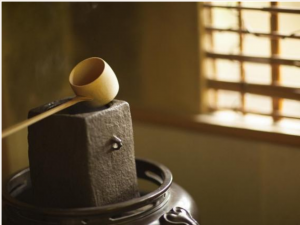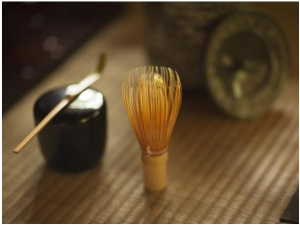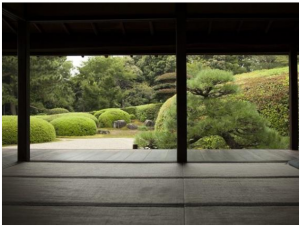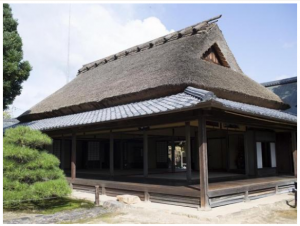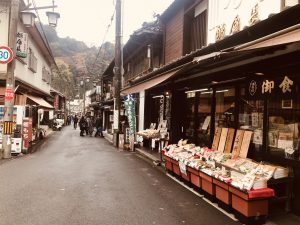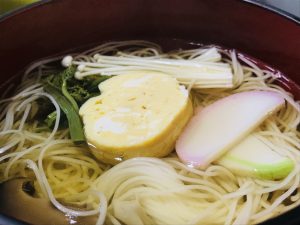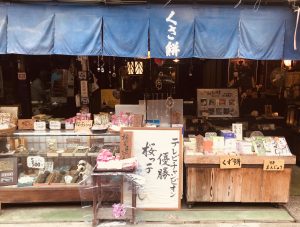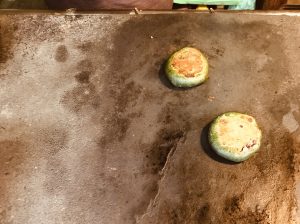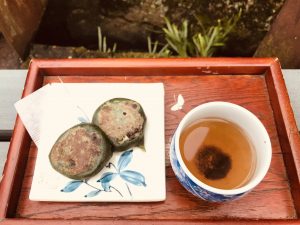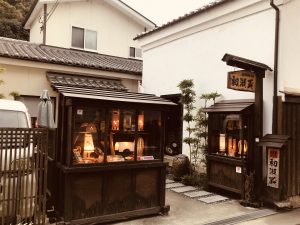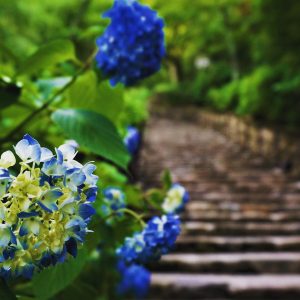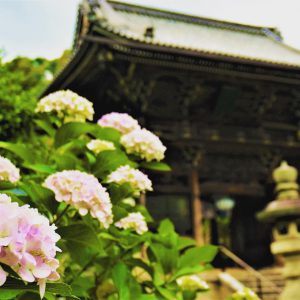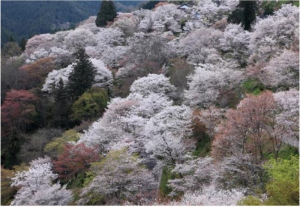 While Yoshino is a beautiful area throughout the entire year, it is perhaps most famous for its cherry blossoms that bloom every spring on Mt. Yoshino. There are so many that it feels like a fantasy world. As we climb up and down paths surrounded by these flowers, a cool breeze might blow a wave of petals off the branches and around our heads. As we climb higher, we might get a great view of the flowers and trees on the mountains around us as well, which always makes me feel like I am walking through the clouds.
While Yoshino is a beautiful area throughout the entire year, it is perhaps most famous for its cherry blossoms that bloom every spring on Mt. Yoshino. There are so many that it feels like a fantasy world. As we climb up and down paths surrounded by these flowers, a cool breeze might blow a wave of petals off the branches and around our heads. As we climb higher, we might get a great view of the flowers and trees on the mountains around us as well, which always makes me feel like I am walking through the clouds.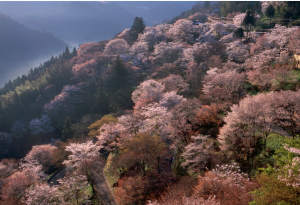
If you visit large parks, riversides, or other places at this time of year, you are likely to see many people picnicking around these beautiful flowers. When I first came to Japan as a student, one of my favorite experiences was gathering at a park with my school club and enjoying the cherry blossoms. There were so many people who had come to the park, that we ended making many new friends. Cherry blossoms have a unique power in that way. They help us relax a little, take a break from our busy every day lives, and enjoy the moment.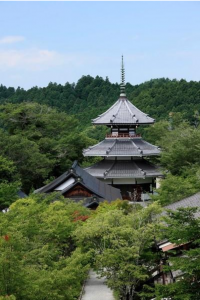
With the cherry blossoms in full bloom, this is the perfect time of year to enjoy Mt. Yoshino. In addition to walking through these pink clouds, we have a tour that will let you feel the history of this mountain in its many temples and shrines. Just ride the Kintetsu Yoshino Line to the end of the line, and step into our blooming world of wonder.
No. 330 – An Introduction to Yoshinoyama (Uphill Course)

